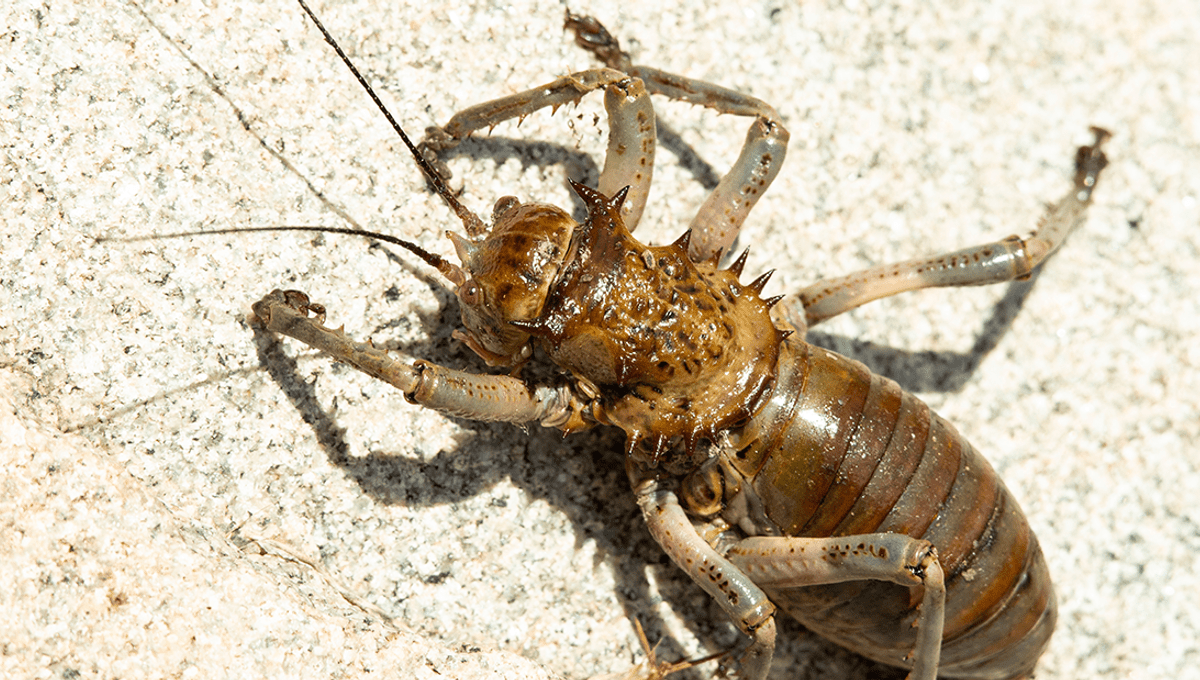
One of the best things about evolution (other than our good friend the thumb) is how it hasn’t brought about an army of tank-sized cockroaches. Bar a few giants from the past and some freakily-long stick insects, insects tend to remain relatively small – but why is that, and how big is it possible for an insect to get?
Many insects and arthropods were bigger in the ancient past. The largest insect of all time was Meganeuropsis Permiana, a dragonfly that lived in the late Permian era, around 275 million years ago. These dragonflies had a wingspan of about 75 centimeters (2.5 feet) and weighed over 450 grams (1 pound). Insects like atlas moths (Attacus atlas) reach impressive sizes – with a 27-centimeter (10.6-inch) wingspan – but do not compare to their distant relatives.
Figuring out what has made modern insects smaller could help us find out why insects can’t grow above a certain size.
One theory is that insect exoskeletons aren’t strong enough to support larger bodies – and as insects grew bigger, their exoskeletons would have to become thicker than is possible. Backing up this theory is the fact that arthropods in the sea do get larger. In the sea, their exoskeletons don’t have to support the weight of their bodies in the same way as on land. However, as Arizona State University entomologist Dr Jon Harrison explained to SciShow in 2012, the data doesn’t really back this theory up. Larger arthropods (on land) don’t have thicker exoskeletons than smaller arthropods, which you’d expect if the theory was correct.
Another theory is that the way insects breathe prevents them from growing truly massive.
“So, insects breathe in an entirely different way from humans,” he said in the video. “They have a series of holes along the side of their body, and then the oxygen comes in through these holes and goes, as a gas, in air-filled tubes. And these tubes branch, kinda like a branching tree, and get very small, down to the range of a micron in size. So, really tiny, and can get down close to every cell.”
With bigger insects, it might not be possible to get enough oxygen down these tubes, known as tracheoles, to keep the animals alive. What backs up this theory is that insects were bigger millions of years ago.
“That idea has gotten some recent support from geologists who showed that in the late Paleozoic, atmospheric oxygen rose to well above what it is today,” Harrison explained.
“Right now, it’s 21 percent oxygen, In the late Paleozoic, we think it was about 32 percent oxygen. And that happens to coincide with when we had much larger insects than we have today. And so that, kind of, has boosted this idea that oxygen delivery is what keeps insects small, and that higher oxygen in the atmosphere could enable them to get bigger.”
So all you need to do (perhaps, and if you were so inclined) to get insects the size of goats may be to pump the atmosphere full of oxygen, add a few stressors that would make being larger advantageous, and wait for evolution to do its thing.
Source Link: What's The Maximum Size That Insects Could Theoretically Reach?